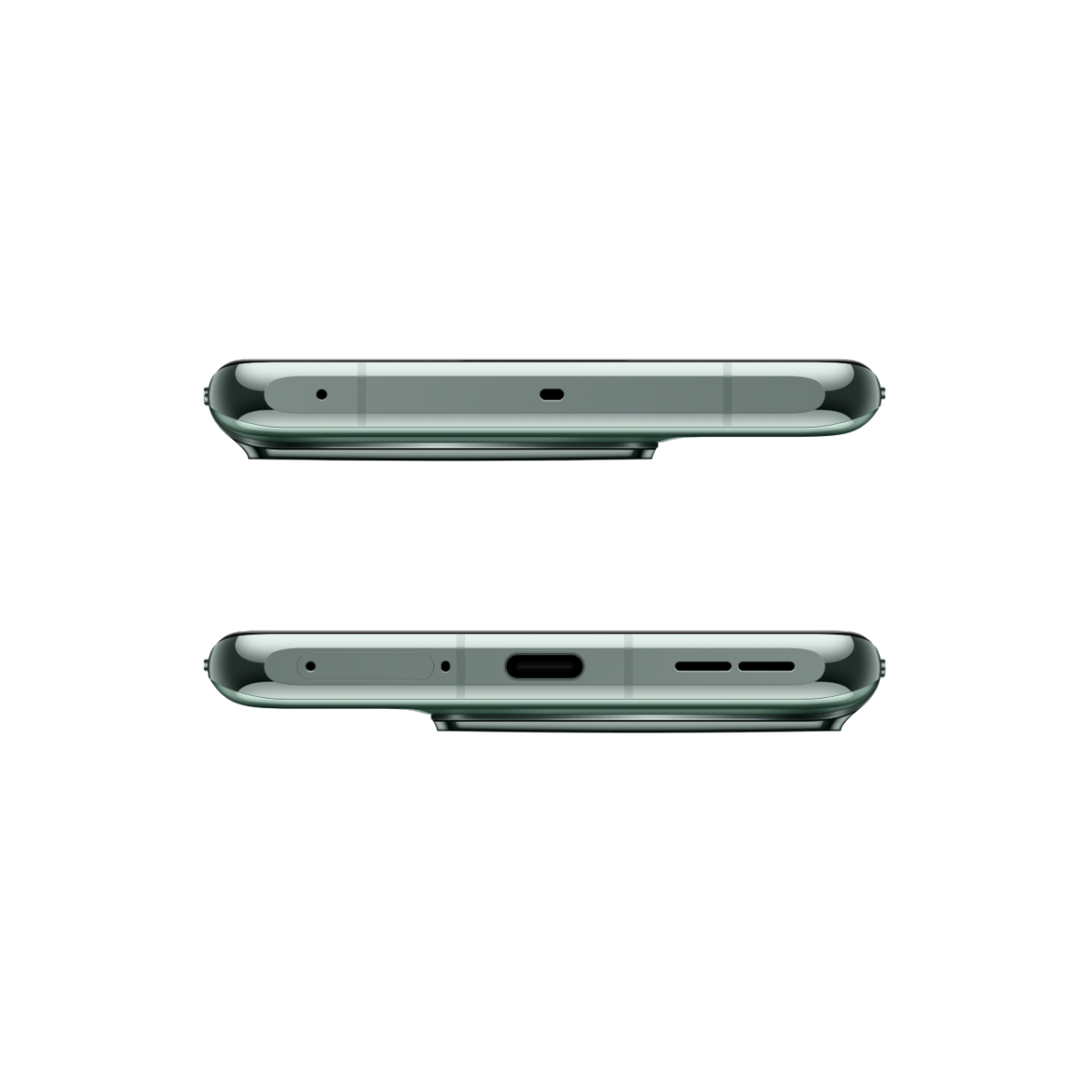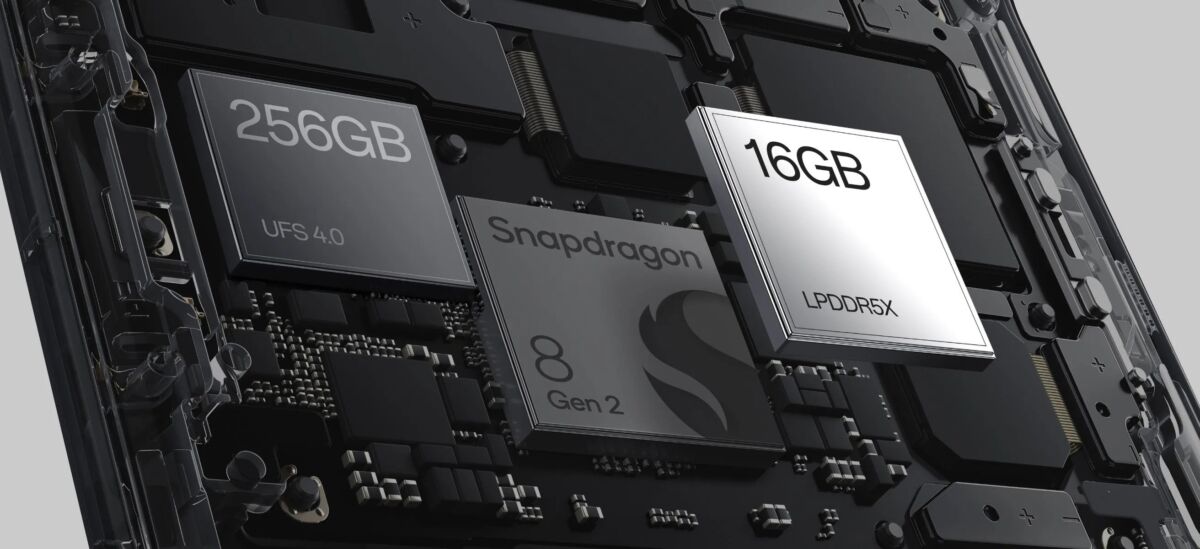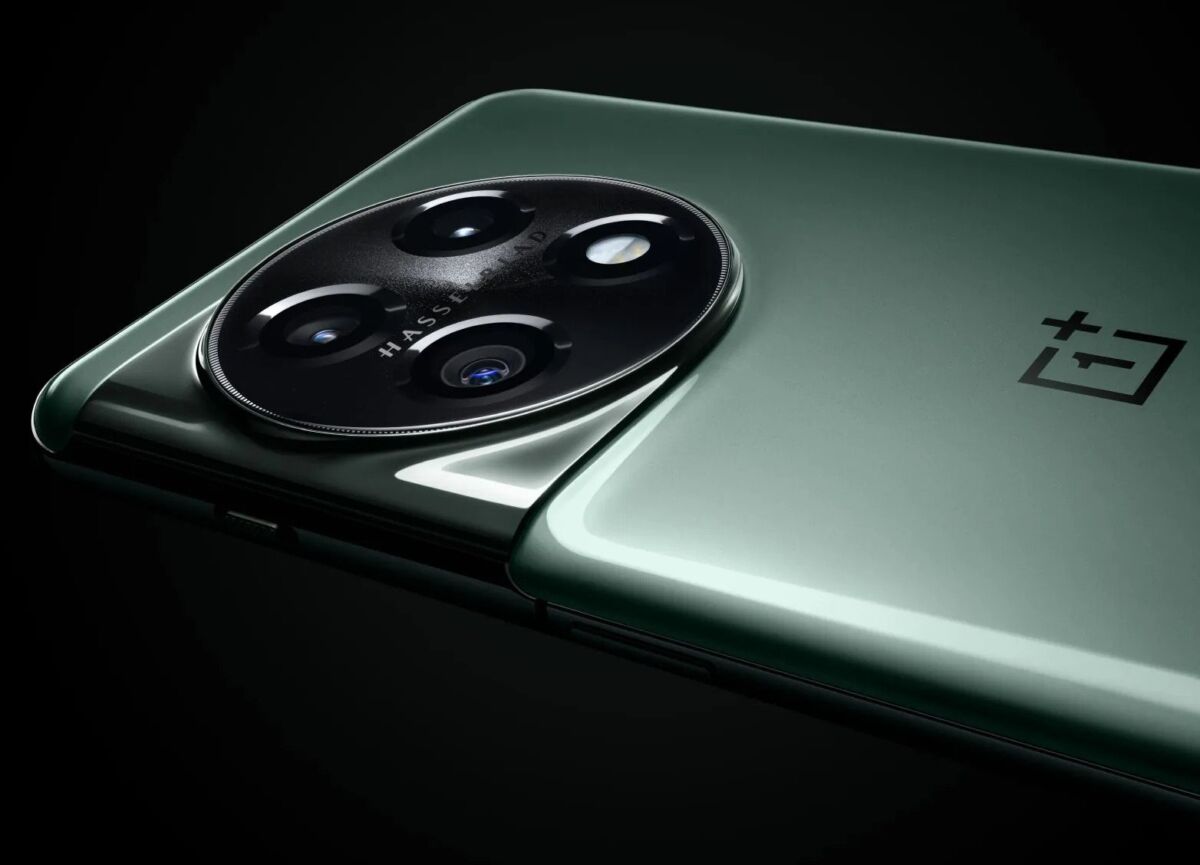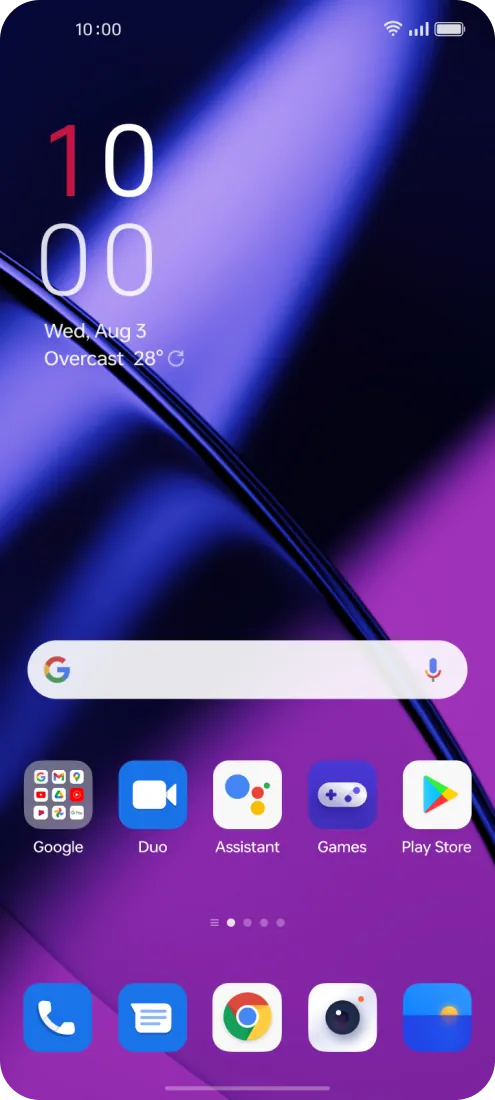OnePlus once dominated the smartphone market, offering an alternative to Apple and Samsung. It had great devices that rivaled the flagship smartphones with an outstanding OS and killer specifications, all at a reasonable price. In recent years they have fallen behind some of the competition, but it looks like they’re making a comeback with the new OnePlus 11!
Design: 4/5

The OnePlus 11 has a full glass body with an aluminum frame. The front is made with Corning’s strongest Gorilla Glass Victus, while the back has Gorilla Glass 5. The phone feels premium with its heft. In the looks department, the OnePlus 11 is almost a carbon copy of its predecessor, the OnePlus 10 Pro and 10T. The only difference is that the camera bump is now a circle instead of a box.
The phone is durable, withstanding even an accidental fall (sorry, OnePlus). The phone slipped out of my grasp as I was taking pictures, landing face-first on the rubble floor. The phone remained mostly unscathed, with only the attached screen protector taking a beating.
The OnePlus 11 comes in two colors: Volcanic Black and Emerald Green. I liked the subtle green of our review unit, and the darker shade makes the phone look elegant and classy.
The display is a 6.7-inch QHD+ (3216 x 1440) SuperFluid AMOLED with LTPO. The display has a max refresh rate of 120Hz and is rated for up to 1000Hz touch response. Also on the display are the earpiece and the 16-megapixel selfie camera.


On the back is the Quad-camera setup with Hasselblad Camera. On the left is the volume rocker, while on the right are the power button and alert slider. Finally, the sim card tray, the USB-C charging port, and the main speaker are at the bottom. I’m not fond of having the volume and power buttons on opposite edges because it took unnecessary screenshots each time I pulled the phone out of my pocket or when I just wanted to lock/unlock it.
Hardware: 4.5/5
Like all previous OnePlus flagships, the OnePlus 11 is equipped with the latest hardware. The phone is powered by Qualcomm’s Snapdragon 8 Gen 2 with an Adreno 740 GPU. It has two RAM and memory configurations, 12GB+128GB and 16GB+256GB, both with LPDDR5X RAM and UFS 4.0 storage.

Benchmark has pegged the OnePlus 11 as a beast. It scored 1011447 on Antutu V9.5, 1293 for single core and 4667 for multi-core in Geekbench 6, 3589 for Wild Life Extreme, and 10375 for PCMark. This reflects in real-world use, particularly in running heavy games like Genshin Impact, where it was notched 40-54fps (based on its internal FPS counter) with settings all cranked up to the highest level. It’s also one of the few phones I found optimized for League of Legends: Wild Rift that is able to run its 120fps mode.
Performance is one thing, and battery life is another. Here I’m glad to report that the OnePlus 11 has one heck of a battery life. Running PCMark’s battery test gave it 13h 13 mins going from 100% to 20% with around 80-85% brightness, more than enough to last a long day. If you do run out of battery, the included 100W GaN charger tops up the phone from 10% to 54% in just 15 minutes and is fully charged in 27 minutes. Unfortunately, the phone does not have wireless charging.

The most important highlight of the OnePlus 11 is its triple camera setup, with the main shooter being the 50-megapixel Sony IMX890 with an f/1.8 aperture. It has a 48-megapixel ultra-wide angle lens and a 32-megapixel 2X telephoto. The camera system utilizes the third-generation Hasselblad Camera Mobile that aids in color and software processing. Even night and low light shots were great. Needless to say, photos came out fantastic with near true-to-life output, and I enjoyed shooting even more with the Hasselblad filters on.
For video, the OnePlus 11 can shoot up to 8K at 24fps and 4K at 30/60 fps. OIS and EIS are available for all modes, but the much smoother Ultra Steady Pro mode is locked at 1080 30p.
There are other noteworthy hardware specs on the OnePlus 11, like the implementation of WiFi 7, Bluetooth 5.3, and a blazing-fast fingerprint reader. There were also massive compromises, like the fact that the USB port was reverted to USB 2.0.
User Experience: 4.5/5
The OnePlus 11 is a joy to use as a powerful machine with excellent battery life. OnePlus did a fantastic job on the phone’s cooling system, so it never runs hot, even under heavy load when benchmarking.


As a flagship smartphone, one of the most remarkable features of the OnePlus 11 is its display. It’s a 6.7-inch QHD+ (1440p) LTPO3 AMOLED display with up to 120Hz refresh rate. The phone’s brightness can go up to 1300nits, allowing for comfortable use even under direct sunlight. The display is highly customizable, with OnePlus allowing users to change resolution, color temp, and more. It also has Dolby Vision support for glorious Netflix binge sessions.
Speaking of binge-watching videos, the audio quality is also good. The speakers can get moderately loud enough to fill a room without the audio quality getting muddy or tinny.
As for other noteworthy features, haptics on the OnePlus 11 is excellent, making typing/ messaging on the phone feel gratifying. The return of the Alert Slider is also great for people who constantly need to attend meetings, and I found myself using it frequently during exam week.
Then there are my minor gripes with the phone. The layout of the volume and power buttons gets annoying as you’re constantly taking accidental screenshots. It is not IP68-rated, so you can’t take this phone near the pool this summer. And finally, the lack of wireless charging was disappointing, especially since wireless charging has been standard for most flagships for quite a while now. Now do these take away from the value of the phone? To be honest, not at all.
Value: 4/5
Coming in at PHP45,990 for the 12GB+128GB and PHP49,990 for the 16+256GB variant, the OnePlus 11 is priced considerably cheaper than most flagship smartphones. There are compromises, like the lack of wireless charging and IP68 (it is only rated for IP64), as well as having to get used to some UI. Fortunately, the other specifications more than make up for its shortcomings.
Specifications:
- Display: 6.7-inch QHD+ (3216 x 1440) LTPO3 AMOLED display with 120Hz refresh rate
- Processor: Qualcomm Snapdragon 8 Gen 2 SoC
- OS: OxygenOS 13 (Android 13)
- RAM: 12GB, 16GB LPDDR5X
- Storage: 256GB, 512GB UFS 4.0
- Camera: Rear cameras: 3rd Gen Hasselblad Mobile camera with 50-megapixel Sony IMX890 main camera with OIS, 48-megapixel ultrawide, 32-megapixel telephoto (2x optical, 20x digital zoom); Front: 16-megapixel
- Connectivity: 5G, 4G LTE, WiFi-7, Bluetooth 5.3, GPS with aGPS support, USB Type-C 2.0, NFC
- Battery: 5000mAh, 100W SuperVOOC charger
- Dimensions: 163.1 x 74.1 x 8.53mm
- Weight: 205g
What’s Hot:
- Amazing camera
- Snapdragon 8 Gen 2
- Alert slider
What’s Not:
- No wireless charging
Bottomline
There is a compelling reason for OnePlus to be on top again with its new OnePlus 11.
Reviewed by Gabriel Pe
Also published in GADGETS MAGAZINE April 2023 Issue
